Design Thinking - AI-Powered Problem Solving
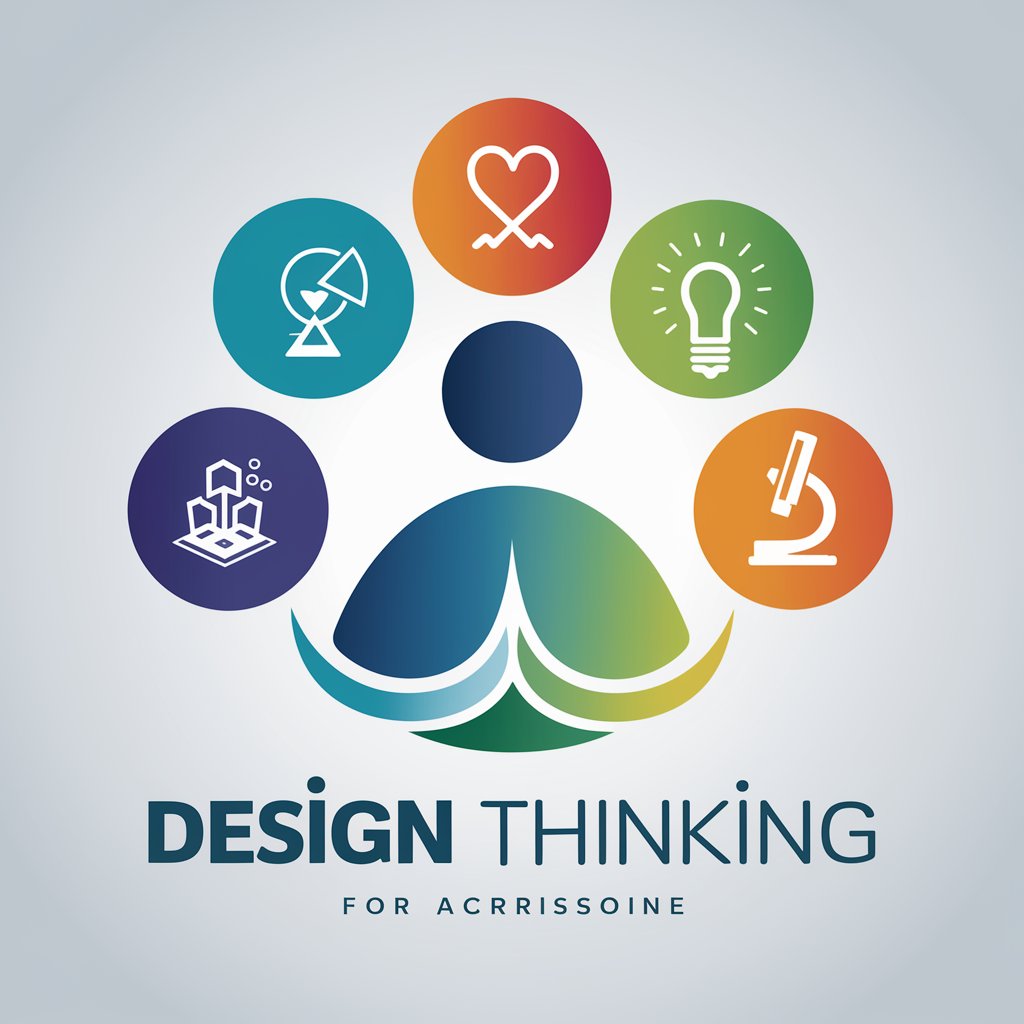
Hi there! Ready to tackle some design challenges today?
Empowering Creativity with AI
How can I effectively empathize with my target audience?
What are some innovative ways to define my problem?
Can you help me brainstorm ideas for my project?
What's the best approach to prototyping my solution?
Get Embed Code
Understanding Design Thinking
Design Thinking is a user-centric approach to problem-solving that emphasizes understanding the user's needs, ideating multiple solutions, prototyping, and testing. It is used across various industries to develop products, services, and processes. A common scenario illustrating Design Thinking is a tech startup aiming to create a new app. The team would start by empathizing with potential users to understand their challenges, define the core problems, brainstorm multiple innovative solutions, prototype the most promising ones, and rigorously test with real users to refine the app before final release. Powered by ChatGPT-4o。

Functions and Applications of Design Thinking
Empathize
Example
Interviewing users to gather insights.
Scenario
A healthcare company uses empathy sessions with patients to discover pain points in their service experience, enabling them to design better patient care processes.
Define
Example
Synthesizing research into user needs.
Scenario
An educational tech firm defines specific learning gaps among students using data from user studies to create targeted educational programs.
Ideate
Example
Brainstorming sessions to generate solutions.
Scenario
A retail business conducts ideation workshops to come up with new digital marketing strategies to enhance customer engagement.
Prototype
Example
Creating preliminary versions of products.
Scenario
A software development team builds a series of prototypes for a new user interface, which they test for usability and effectiveness in stages.
Test
Example
User testing of prototypes or beta versions.
Scenario
An app development team conducts user testing sessions to gather feedback on different features of a new mobile application, refining it based on user input.
Who Benefits from Design Thinking
Entrepreneurs and Startups
These users benefit from Design Thinking as it helps them rapidly develop and test ideas, reducing the risk of business failure by focusing on user-centric product or service development.
Corporate Innovators
Employees in larger corporations use Design Thinking to foster creativity and innovation within their teams, leading to improved products and internal processes that align with real user needs.
Educators and Academic Institutions
This group applies Design Thinking to curriculum development and educational challenges, fostering a more engaging, practical, and effective learning environment for students.
Non-Profit Organizations
Non-profits can use Design Thinking to better understand the communities they serve, creating solutions that are both innovative and deeply relevant to their stakeholders.

Steps for Using Design Thinking
Start with a Trial
Begin by accessing yeschat.ai to explore its functionalities through a free trial that doesn't require any login or subscription.
Empathize with Users
Identify and understand the needs and challenges of your users through observation and engagement, which will inform the rest of the design thinking process.
Define the Problem
Articulate the user's needs and challenges into a clear problem statement that will guide your ideation process.
Ideate Solutions
Generate a wide range of ideas that address the defined problem, using techniques like brainstorming or mind mapping.
Prototype and Test
Develop prototypes of potential solutions and test them with users to gather feedback, iterating as necessary to refine the solution.
Try other advanced and practical GPTs
Modal Thinking
Expand your perspectives with AI
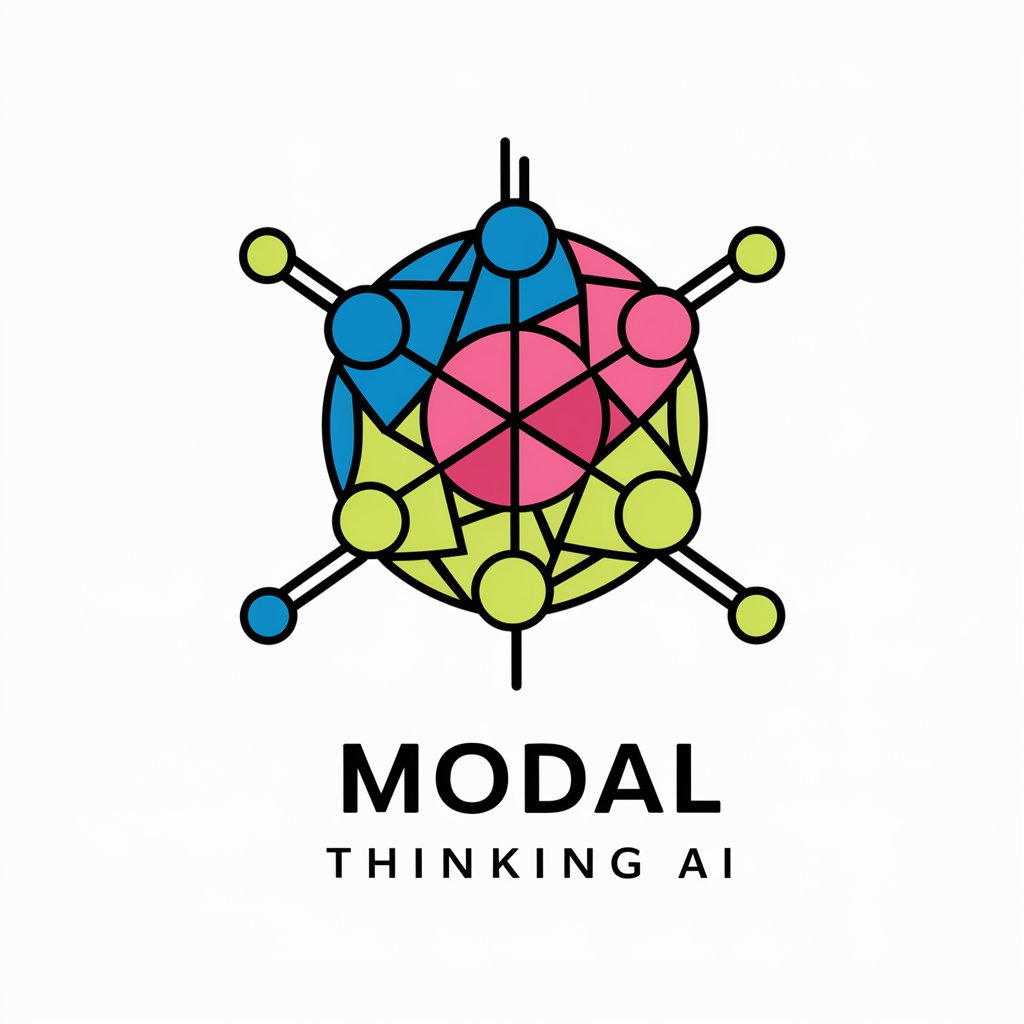
Philosophical Thinking
Unlocking wisdom with AI-powered philosophy.
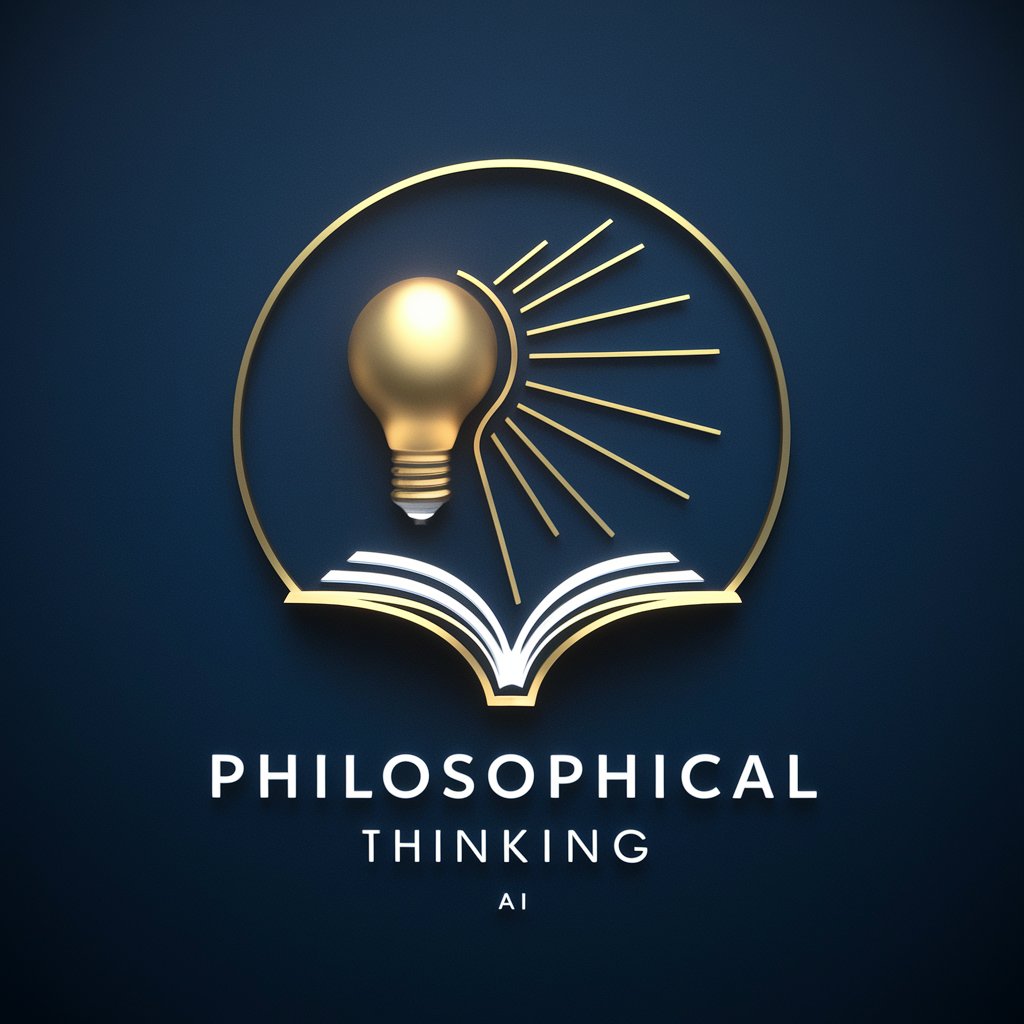
Battle Simulator
Strategize, Simulate, Conquer: AI-Powered Warfare

WEBアプリ相談相手
AI-Powered Development Companion
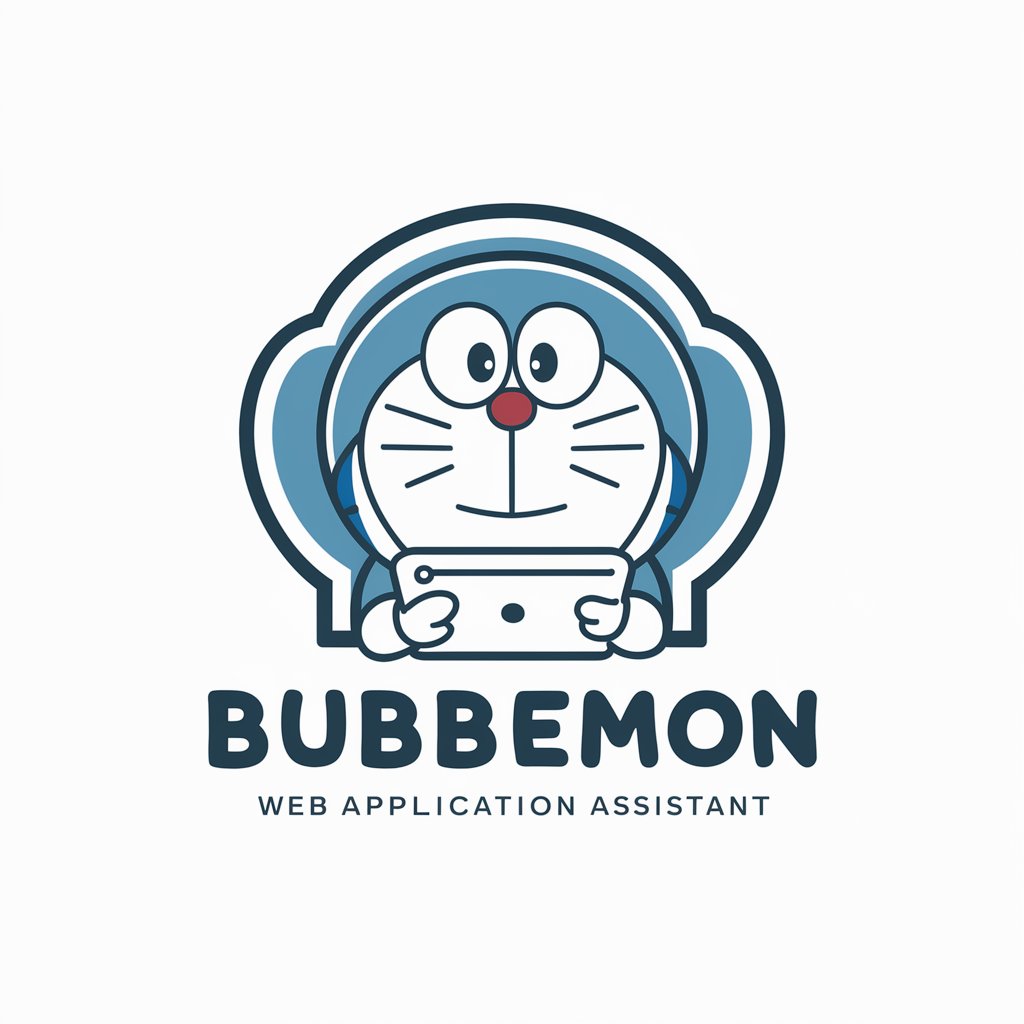
AI看面相
Unlocking Life's Secrets with AI

英検3級面接対策bot
Ace Your EIKEN Interview with AI
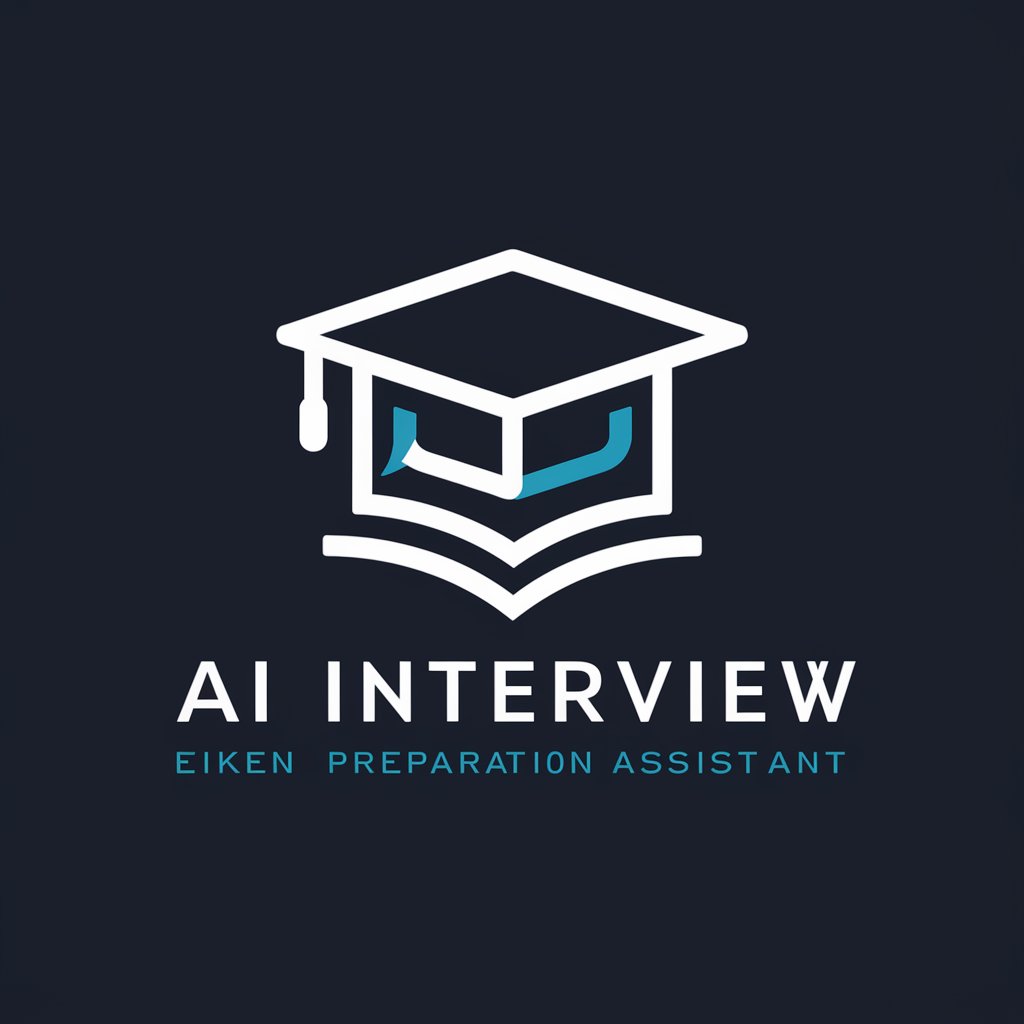
AI Itinerary Planner
Streamline Your Travel with AI

Modest Social Media Scribe
Streamline Your Socials with AI
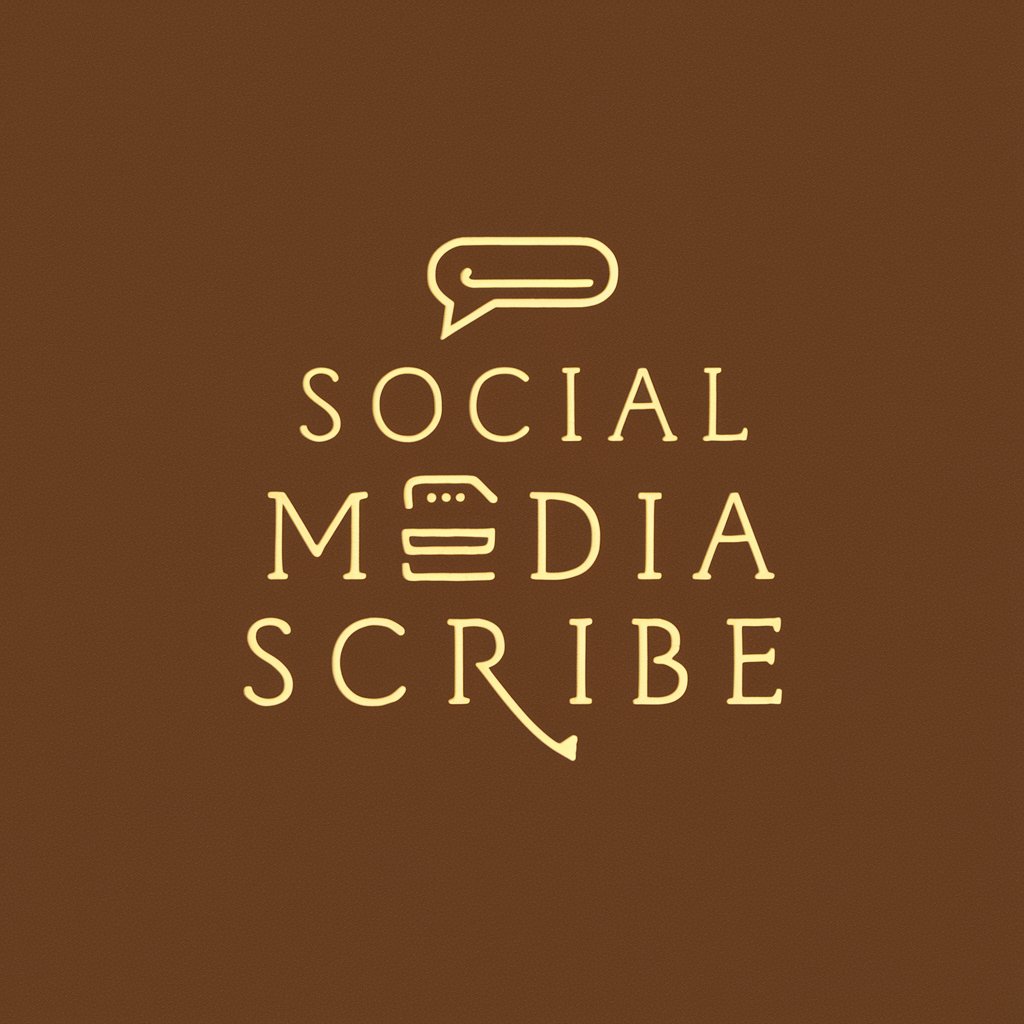
East-West Insight Educator
Unlocking Cross-Cultural Communication
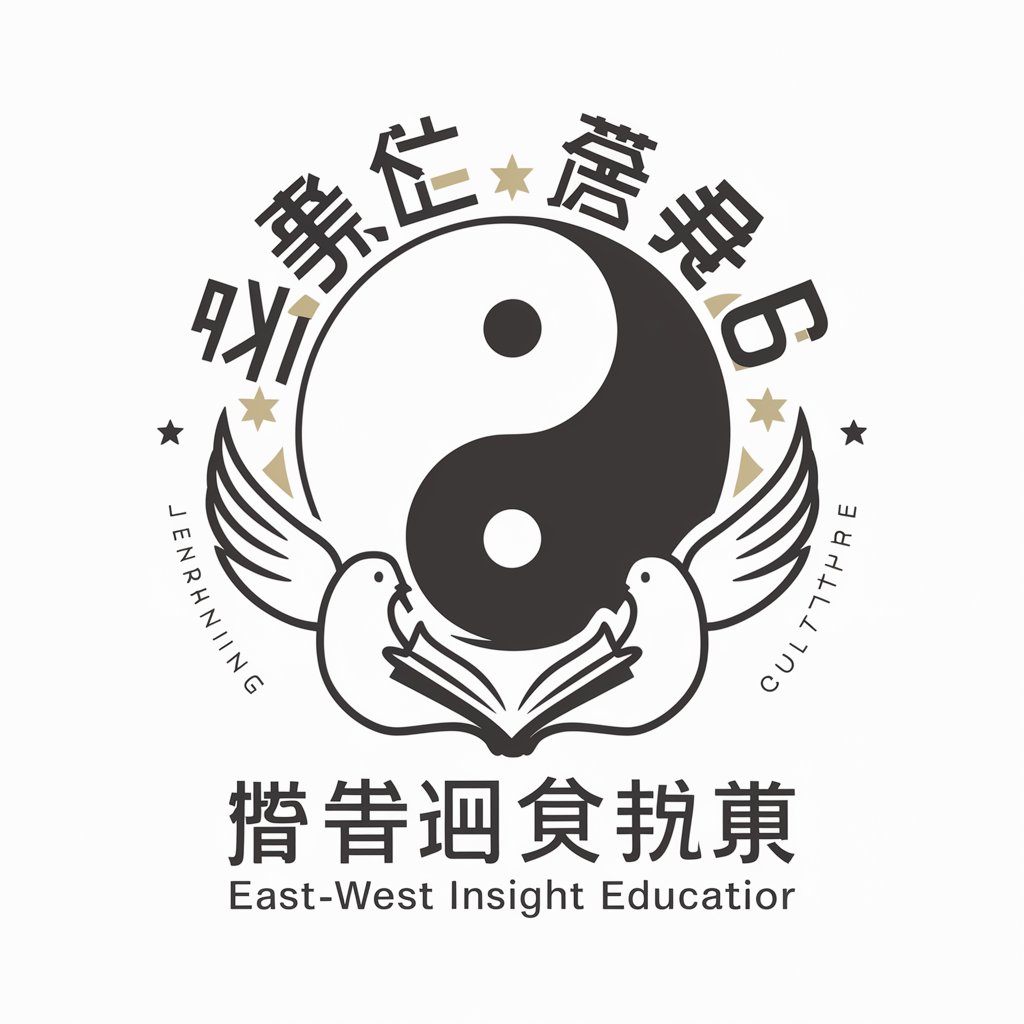
Translate East
Bridging languages with AI power

Sage of the East
Unleashing AI-Powered Eastern Wisdom

East China Normal University
Unlock Academic Potential with AI
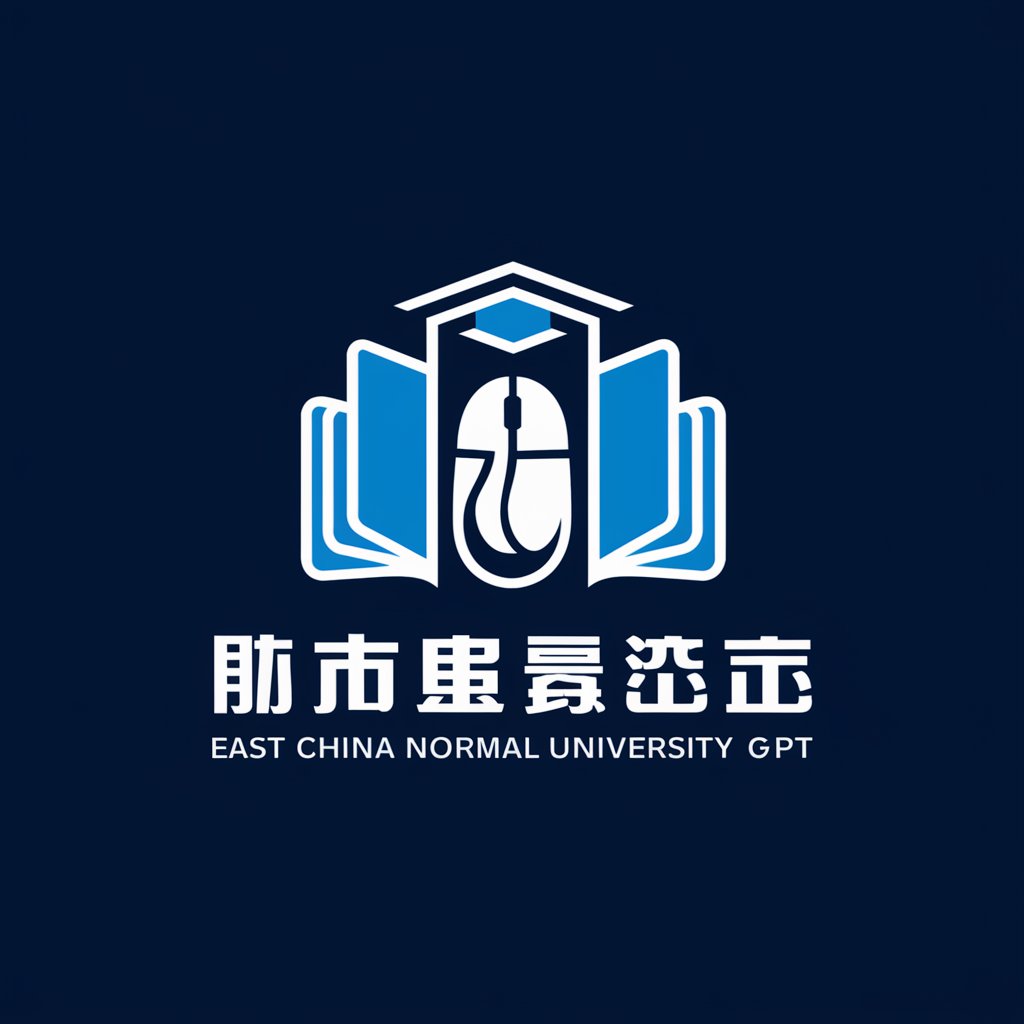
Design Thinking Q&A
What is design thinking?
Design thinking is a problem-solving approach that emphasizes understanding user needs and rapidly creating and testing solutions. It involves stages like empathizing with users, defining problems, ideating solutions, prototyping, and testing.
How can design thinking be applied in educational settings?
In education, design thinking can help develop creative learning environments and curricula that better meet the needs of students. Teachers can use it to create innovative educational tools and techniques that enhance learning.
What are the benefits of using design thinking in business?
Design thinking can help businesses understand their customers better, innovate new products and services, and improve user experience. It fosters a culture of collaboration and creativity that drives business growth.
Can design thinking be used for personal development?
Yes, individuals can apply design thinking to personal goals and challenges, using it to identify personal growth opportunities and devise practical strategies for personal improvement.
What are some common tools used in the design thinking process?
Common tools include empathy maps, user personas, journey maps, brainstorming, prototyping materials, and feedback mechanisms. These tools help in understanding user needs and rapidly iterating on solutions.
